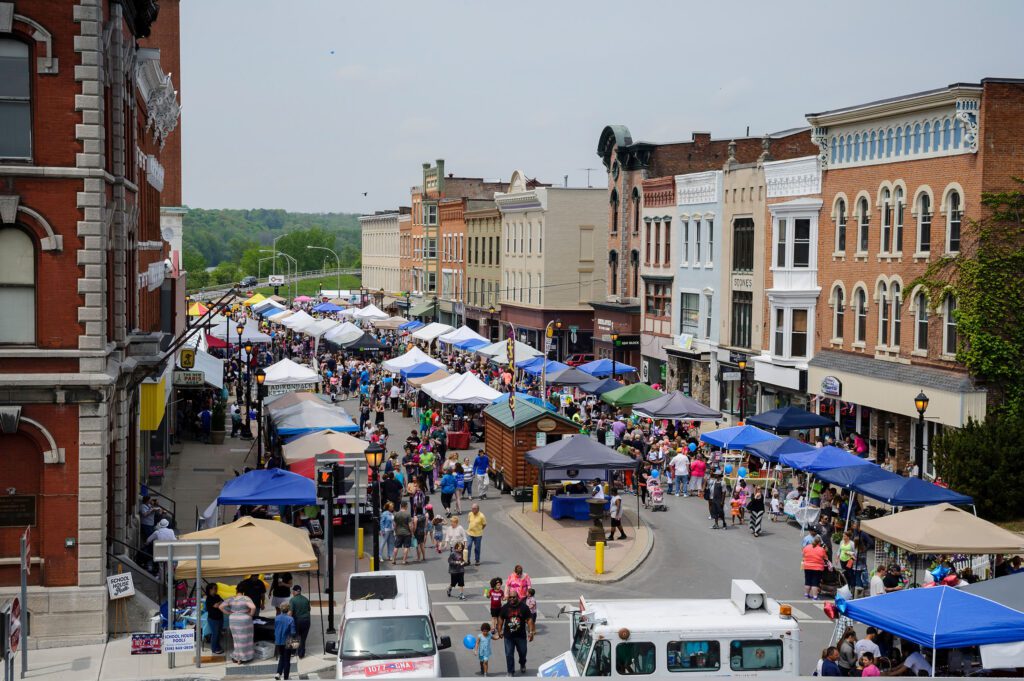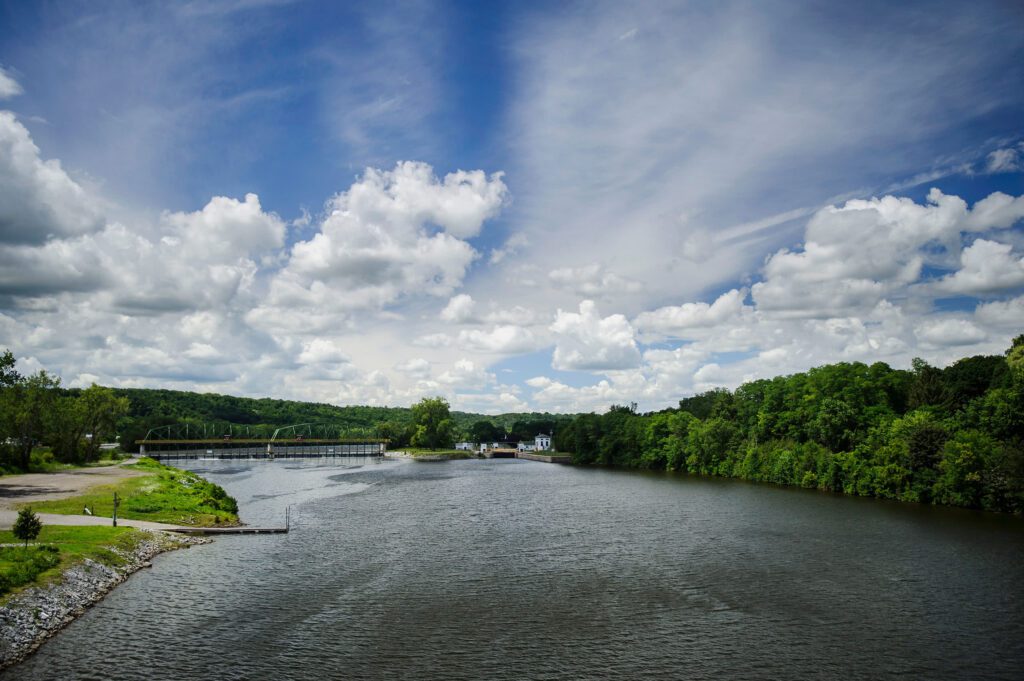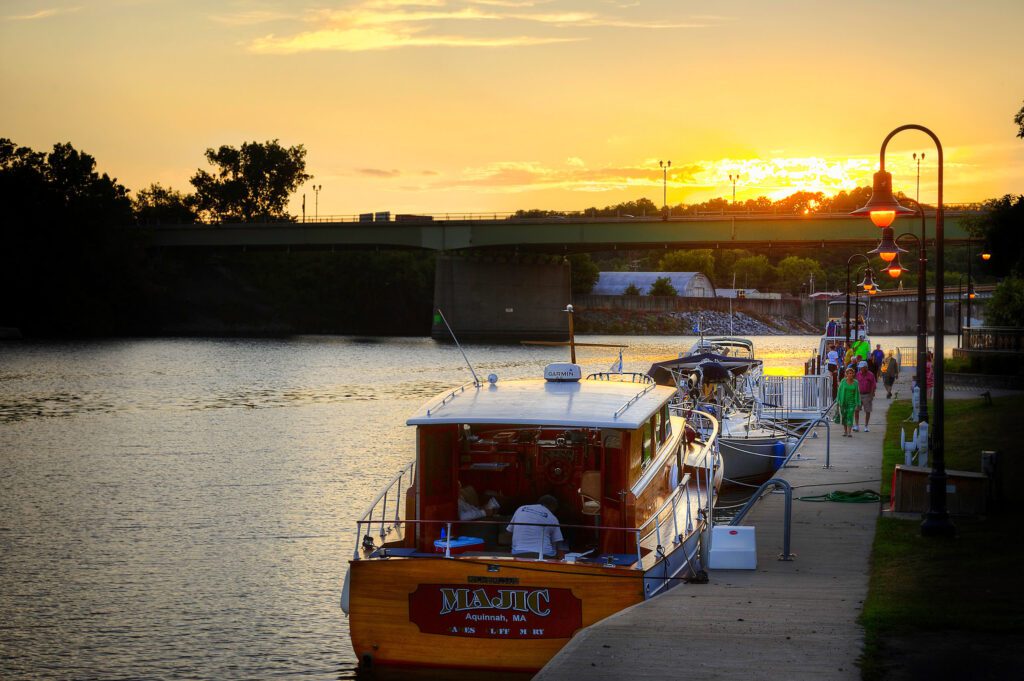History, adventure and allure await you in Montgomery County, a valley carved by a mighty river and built by amazing people. The Mohawk River reminds visitors of the county’s critical role in Native American, Colonial and the Industrial Revolution at every turn. Our agricultural tradition remains strong with family farms and food retailers. Attractions and events fit itineraries for all ages.
Visitors can follow the footsteps of George Washington or walk the same grounds as saints on their journey through America’s First Frontier. These are places where history wasn’t only made, it lives on through exhibits and reenactments.
Explore our great outdoors on the Erie Canalway Trail or at Wintergreen Park and Gorge. Our natural beauty is best experienced while collecting homegrown ingredients, tasting a locavore dish or sampling craft beverages along the way. While you’re out, enjoy Montgomery County’s fantastic family events like the more-than-180-year-old Fonda Fair, Canal Days or the Riverlink Park Concert Series.
The charming confines of cities and towns like Amsterdam and Canajoharie host many attractions and events year-round – all around 40 minutes from New York’s Capital Region.
Our Communities
In Montgomery County’s 410 square miles, there are 10 towns, 10 villages, one city and numerous hamlets, with a population of about 50,000. The county boasts six libraries and the Montgomery County Department of History and Archives, all of which are rich resources for local history and genealogical research. Nearly 90 churches, synagogues and places of worship are available for the spiritual needs of the community.


The River
No matter where you go in Montgomery County, the Mohawk River is there, with the lessons of the past and the promise of the future. The river gifted our county with a vital place in the cultural, industrial and political history of this continent, as well as vast natural beauty. For more than two centuries, the Mohawk Valley has been a favorite destination. And so it is today.
More than a third of the 149-mile Mohawk River lives in Montgomery County, traveling west to east through the 10 towns to create an historic route from the Atlantic Ocean, through the Appalachian Mountains, to the Great Lakes. It is the largest of the Hudson River tributaries and was the main waterway that allowed the five nations of the Iroquois Confederacy to trade furs with Dutch settlers starting in the 16th century.
The Erie Canal
Hudson and Mohawk rivers
The massive change for Mohawk River communities and New York City came in the early 19th century, when the Erie Canal was constructed to marry the Hudson and Mohawk for shipping, effectively connecting the Atlantic Ocean to the Great Lakes. The most important stretch of the 363-mile Erie Canal ran through Montgomery County, where lay the only break in the Appalachian Mountains north of Alabama. It became the most historically significant canal in the United States, allowing New York City to become the commercial center of the nation. Since then, the Erie Canal has been overshadowed by railroads and highways, and some communities have paved over their portion.
The entire New York State Canal System was placed of the National Register of Historic Places in 2014, but Montgomery County recognized the treasure that spliced its verdant valley far sooner. As early as the 1950s, local activists banded together to form the Schoharie Crossing State Historic Site in the towns of Glen and Florida. In 1966, a 3.5-mile stretch of the canal in the towns of Glen and Florida and the ruins of an aqueduct over Schoharie Creek became the only section of the old Erie Canal to be declared a National Historic Landmark. The Erie Canal remains today a resource for pleasure, recreation and education, operating for navigation from early May to late November.
